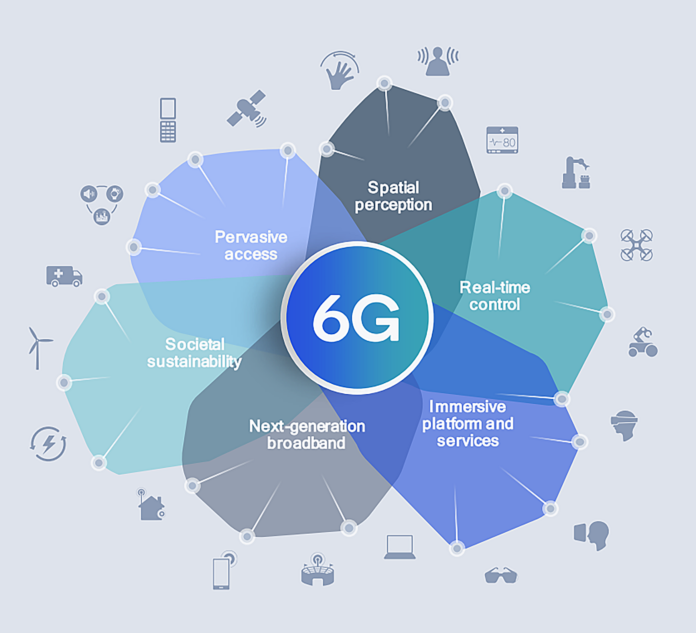The evolution of mobile communications has been nothing short of astonishing. After reaching the 5G era, where we have already started experiencing peak data rates and latencies of the unthinkable kind, the industry is now setting its sights on the next frontier: the 6th Generation (6G) technologies.
6G is expected to integrate with artificial intelligence, massive IoT, distributed computing, and a wide range of revolutionary technologies. But, as with any novel tech, it presents unique architectural requirements, challenges, and ample opportunities.

6G Architecture
6G networks are forecasted to revolutionize the future digital society by extending the capabilities of 5G. The core aspects of 6G architecture will include:
1. Advanced Network Slicing: With 5G, we witnessed the introduction of network slicing, which allows for the partitioning of a single physical network into multiple virtual networks. 6G is anticipated to improve upon this, offering more advanced and flexible network slices to meet the varying needs of diverse services and applications.
2. AI and Machine Learning: The integration of AI and ML into the 6G architecture will facilitate self-driving networks, predicting network conditions, orchestrating network resources, and customizing services for individual users.
3. Terahertz (THz) communication: 6G is expected to exploit the Terahertz frequency band, allowing for even faster data rates and higher bandwidths, which will be essential for emerging applications such as holographic communication.
Challenges
Despite the significant potential of 6G, several challenges must be addressed for successful adoption:
1. Technological limitations: Exploiting the Terahertz frequency band for communication in 6G is technologically challenging due to high propagation loss, poor penetration, and significant molecular absorption.
2. Energy Efficiency: As networks become more complex and powerful, energy consumption issues become critical. With the massive increase in data rates, the energy consumption of network infrastructure could become unsustainable.
3. Security and Privacy: As we move towards 6G, the hyper-connected nature of the network, combined with the integration of AI and other technologies, significantly increases the potential attack surface. Therefore, novel security mechanisms and privacy-preserving methods are needed.
4. Regulatory and Standardization Issues: 6G is projected to include various technologies, services, and applications, which will inevitably bring about regulatory and standardization challenges that need to be addressed.
Opportunities
Despite these challenges, the shift towards 6G presents several exciting opportunities:
1. Integration of Various Industries: 6G will enable the interconnection and digitization of various industries, leading to the emergence of novel business models and opportunities.
2. Societal Impact: 6G can significantly contribute to societal challenges, such as healthcare, education, environmental protection, and more by providing ubiquitous, reliable, and high-speed connectivity.
3. Sustainable Development: By focusing on energy-efficient technologies, 6G could become a major enabler of sustainable development, contributing to the global fight against climate change.
In conclusion, while the road to 6G is paved with complexities, the potential rewards in terms of increased data rates, lower latencies, and broader coverage are immense. As we anticipate these emerging technologies, the focus must be on the design and development of robust, efficient, and sustainable networks that can truly support the hyper-connected world of the future. As the adage goes, "The best way to predict the future is to create it", and with 6G, we are on the threshold of doing just that.